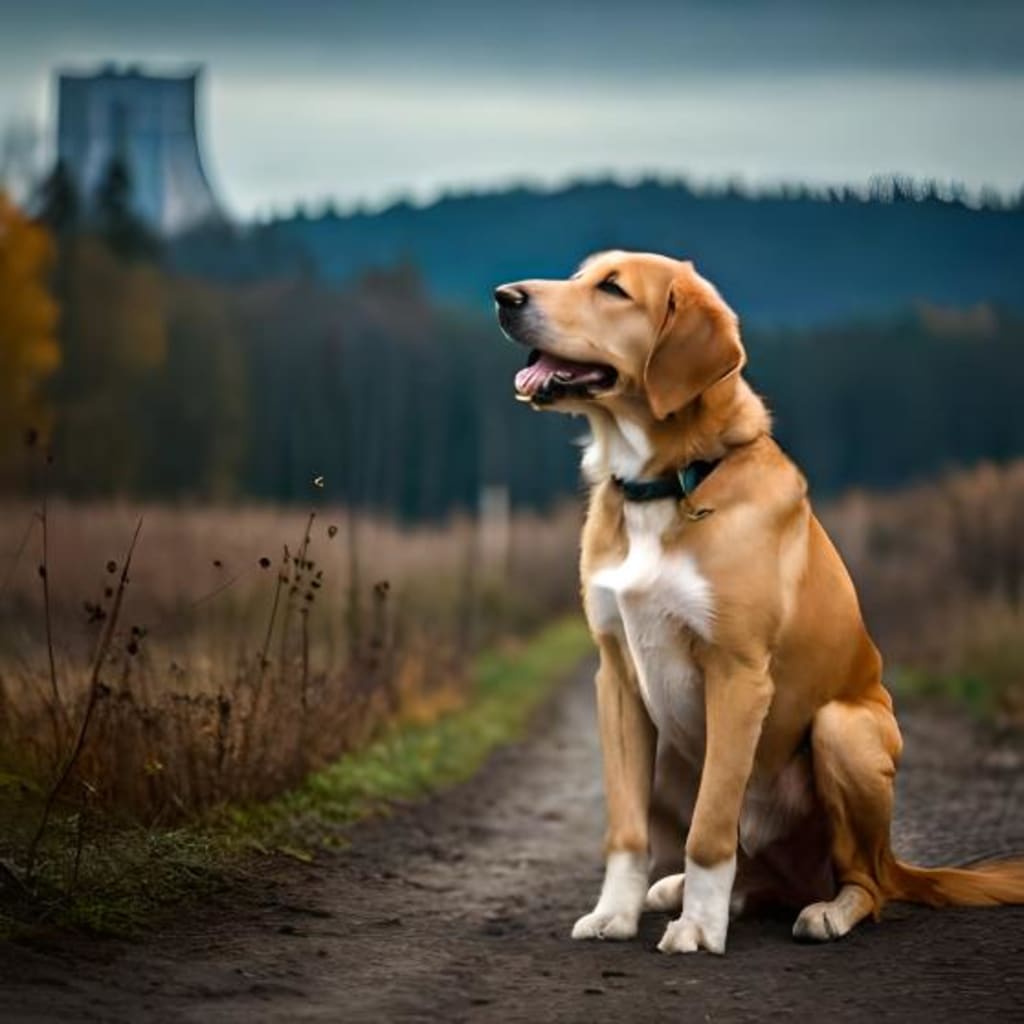Chernobyl's dogs are having Rapid Evolution
Dogs evolution after Chernobyl disaster

Introduction
The Chernobyl disaster was a catastrophic nuclear accident that occurred in 1986 in the city of Pripyat, Ukraine. The explosion resulted in the release of large amounts of radioactive material into the environment, which had far-reaching consequences on the local wildlife. Among the many species affected by the disaster are the dogs of Chernobyl, which have been found to be experiencing rapid evolution.
The aftermath of the Chernobyl disaster
The Chernobyl disaster had a profound impact on the environment, leading to the displacement of thousands of people and the abandonment of entire cities and villages. The disaster also had a significant impact on the local wildlife, as the radiation released into the environment caused mutations and genetic damage in many species.
The dogs of Chernobyl
The dogs of Chernobyl are a unique population of stray dogs that live in and around the abandoned city of Pripyat. These dogs are descendants of pets that were abandoned by their owners during the evacuation of the city after the disaster. Since then, the dogs have been living in the exclusion zone, which is a 30-kilometer radius around the nuclear power plant where access is restricted due to high levels of radiation.
Rapid evolution in Chernobyl dogs
Recent studies have shown that the dogs of Chernobyl are undergoing rapid evolution. According to a study published in the journal Molecular Biology and Evolution, the dogs in the exclusion zone have rapidly evolved to cope with the high levels of radiation in their environment. The researchers found that the dogs had adaptations that protected them from radiation, such as changes in their DNA repair mechanisms and alterations in their blood cell counts.
The genetic basis of rapid evolution
The rapid evolution of the dogs of Chernobyl is driven by natural selection, which favors individuals that are better adapted to their environment. In the case of the Chernobyl dogs, the high levels of radiation in the environment have selected for individuals with mutations that protect them from radiation. These mutations are then passed down to their offspring, leading to a population that is better adapted to the environment over time.
The idea of radiation speeding up natural evolution isn’t a new one. The practice of purposefully irradiating seeds in outer space to induce advantageous mutations, for example, is now a well-worn method for developing crops well-suited for a warming world.
Scientists have been analyzing certain animals living within the CEZ for years, including bacteria, rodents, and even birds. One study back in 2016 found that Eastern tree frogs (Hyla orientalis), which are usually a green color, were more commonly black within the CEZ. The biologists theorize that the frogs experienced a beneficial mutation in melanin—pigments responsible for skin color—that helped ionize the surrounding radiation.
This new study uncovered that the feral dogs living near the Chernobyl Power Plant showed distinct genetic differences from dogs living only some 10 miles away in nearby Chernobyl City. While this may seem to heavily imply that these dogs have undergone some type of rapid mutation or evolution due to radiation exposure, this study is only a first step in proving that hypothesis. One environmental scientist, speaking with Science News, says that these studies can be tricky business, largely due to the fact that sussing out radiation-induced mutations from other effects, like inbreeding, is incredibly difficult.
Conclusion
However, this study provides a template for further investigation into the effects of radiation on larger mammals, as the DNA of dogs roaming the Chernobyl Power Plant and nearby Chernobyl City can be compared to dogs living in non-irradiated areas. Despite a current lack of firm conclusions, the study has shown once again that an area that—by all rights—should be a wasteland has become an unparalleled scientific opportunity to understand radiation and its impact on natural evolution.
The dogs of Chernobyl are a unique population of stray dogs that have been living in the exclusion zone since the Chernobyl disaster. Recent studies have shown that these dogs are undergoing rapid evolution, adapting to the high levels of radiation in their environment. This evolution is driven by natural selection, which favors individuals with mutations that protect them from radiation. The study of the dogs of Chernobyl provides a unique opportunity to study the effects of radiation on natural selection and evolution in a real-world setting.
About the Creator
Prakash R
Am a passionate writer with a love for storytelling. I believe in the power of words to inspire, inform, and entertain.
Enjoyed the story? Support the Creator.
Subscribe for free to receive all their stories in your feed. You could also pledge your support or give them a one-off tip, letting them know you appreciate their work.






Comments
There are no comments for this story
Be the first to respond and start the conversation.